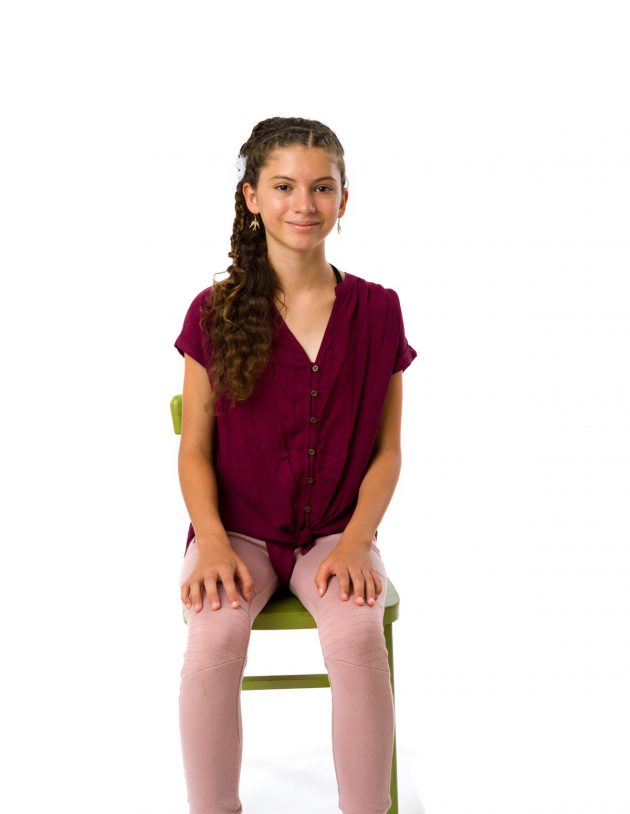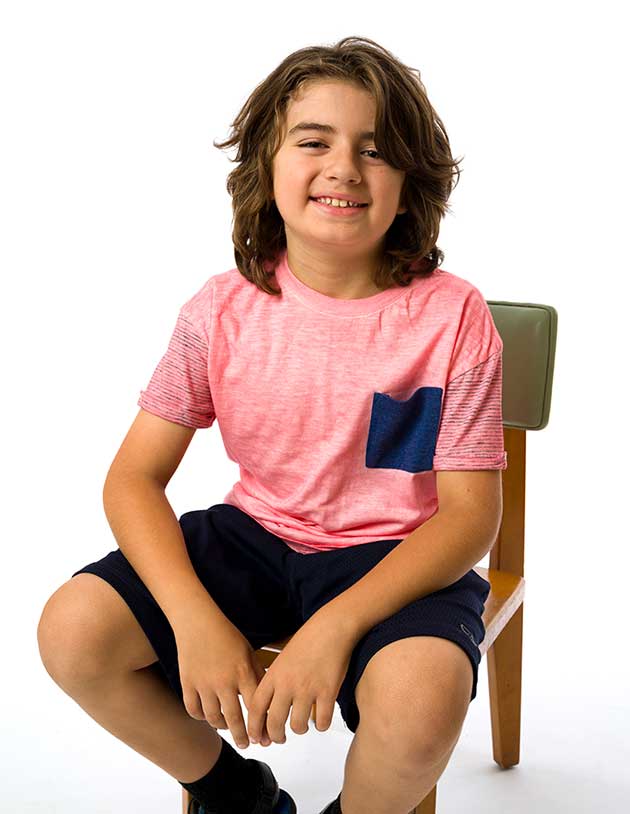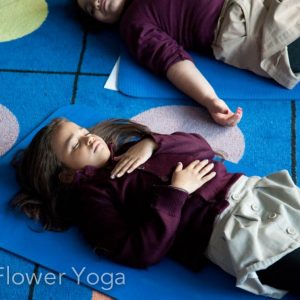Yoga nidra is an ancient but little-known yogic practice that's becoming increasingly popular as both a form of meditation and a mind-body therapy. It is a systematic form of guided relaxation and unique combination of alert awareness and deep relaxation. The literal translation of nidra is sleep. However, yoga nidra is a dynamic state, not the unconscious sleep of nighttime. It is a practice that is simple and available to anyone. It doesn't involve physical expertise of any kind, so even if you have a health condition, you can practice yoga nidra. In this meditative practice, we are practicing letting go, surrendering, and simply being here—in this moment—-in our own skin.
On the most basic level, yoga nidra relaxes, rejuvenates and renews the physical body by cultivating awareness and access to the body. It also empowers the practitioner to eliminate unconscious obstructions and energetic blocks that prevent us from living life to it's fullest. Yoga nidra works by immersing your brain in the healing rhythms of the alpha state. Here, you simultaneously access the power of the logical left brain and the intuitive, insightful right brain, and align you sympathetic and parasympathetic nervous systems to restore the body and mind to homeostasis.
BENEFITS OF YOGA NIDRA
Modern life is bringing us face to face with more and more stress. We carry tensions both within the physical body and on even deeper levels in the subtle bodies which we are not even aware of. While physical tension can be eased by stretching, exercise, or massage, subtle tensions are difficult to recognize and even harder to release. Yoga nidra is a unique method that goes below surface tensions to release and transform stress at its deepest level.
Even the US military is embracing and accepting the support that yoga nidra practice can offer. In 2004, Christine Goertz, an academic researcher at the Samueli Institute, a nonprofit research institute, teamed up with Robin Carnes, a yoga teacher who had taught yoga nidra as part of a cardiac care program at Walter Reed in Washington, DC. They were looking to investigate whether the practice could help soldiers suffering from post traumatic stress disorder (PTSD). On the basis of the pilot study results, the military is now offering yoga nidra practice to wounded warriors at Walter Reed; Brooke Army Medical Center in San Antonio, Texas; Camp Lejeune, a large Marine Corps base in North Carolina; and VA facilities in Miami, Chicago, and Washington, DC. Soldiers have reported that some of their most troubling PTSD symptoms, including hyperalertness, anxiety, and sleep disturbances, have diminished after their participation in regular ongoing yoga nidra classes.
“Yoga nidra allows us to reach the most profound level of relaxation possible,” says Rod Stryker, the founder of Para-Yoga, who has been teaching yoga nidra since the mid-1990s and who writes about it in his book, The Four Desires. “It opens a doorway to a place where we can see ourselves and our lives in the most positive light.”
SIMPLE STEPS
It's a deceptively simple practice. Because yoga nidra is most often taught lying down—initially guided by a teacher—it's appealing to people who might feel intimidated by yoga postures or traditional seated meditation. Yet its various elements, taken together and practiced regularly, make up a sophisticated set of mind-body tools that can help practitioners navigate some of life's harshest moments.
The traditional practice of yoga nidra is divided into the following stages:
- Preparation: In this stage, initial relaxation of the body and mind is induced by the awareness of stillness, comfort, posture, position, breath, and listening to the external sounds.
- Sankalpa: When the body and mind are relaxed, then the practitioner is instructed to create a short, clear and positive intention for the practice.
- Rotation of consciousness: In the third stage, the awareness is rotated around the different body parts in a systematic and organized manner passing through 61-points. The practitioner is instructed to remain aware, to listen to the instructions and to move the mind according to the instructions without making any physical movements, resting on each space for 2-5 seconds.
Forehead, throat. right shoulder, right elbow, right wrist, tip of right thumb, tip of right index finger, tip of right middle finger, tip of right ring finger, tip of right little finger, right wrist, right elbow, right shoulder, throat, left shoulder, left elbow, left wrist, tip of left thumb, tip of left index finger, tip of left middle finger, tip of left ring finger, tip of left little finger, left wrist, left elbow, left shoulder, throat, center of chest, right side of chest, center of chest, left side of chest, center of chest, navel, lower abdomen, right hip, right knee, right ankle, tip of the right big toe, tip of the right second toe, tip of the right middle toe, tip of the right fourth toe, tip of the right little toe, right ankle, right knee, right hip, lower abdomen, left hip, left knee, left ankle, tip of the left big toe, tip of the left second toe, tip of the left middle toe, tip of the left fourth toe, tip of the left little toe, left ankle, left knee, left hip, lower abdomen, navel, center of chest, throat, forehead.
Breath awareness: In this stage, the practitioner becomes aware of the natural breath without making an attempt to change the flow of the breath, watching it in the nostrils, chest, and abdomen.
Ending the practice: Before ending the session of yoga nidra, slowly the awareness is externalized by asking the practitioner to become aware of the external sounds, objects and persons, slowly moving and stretching the body.
IS YOGA NIDRA APPROPRIATE FOR CHILDREN?
Kids of all ages and socioeconomic backgrounds, athletes and the physically impaired alike can all benefit from the anxiety-reducing practice of yoga, and especially Yoga Nidra. When kids are less stressed, they learn better. Many kids have difficulty “sitting still” as you might see in “classic” meditation. But Yoga Nidra is done while you are lying down … so it’s very comfortable. You want to cap practices at 10-15 minutes to make it more appropriate for them.
Yoga Nidra Script for Children
The whole process should take 10-15 minutes. It’s appropriate for kids of all ages. Feel free to substitute your own words so it feels authentic.
1. The Set Up: Have them lie down in a comfortable, quiet environment. Ask them to “keep your eyes closed and follow the sound of my voice.”
2. Breathing: Instruct them to “breathe in and out through your nose like you are blowing up a balloon in your belly.”
3. Progressive Muscle Relaxation: Ask them to “relax every muscle in your body by squeezing and releasing them.” Then lead them through the relaxation, focusing on each muscle in turn, like this: “Tighten your hands as much as you can, tighter, tighter … and now release. Now tighten your shoulders as much as you can, tighter, tighter … and now release.”
4. Counting Breaths 40-1: In a soothing voice, ask them to “breathe in while mentally saying the number ‘40’ in your head, then breathe out and mentally say the number ‘39’ in your head. The next inhale is ‘38,’ and the next exhale is ‘37.’ Keep counting backwards all the way down to ‘1.’ If you lose count, begin again at ‘40.’”
Say positive, encouraging things to them, such as, “There’s no need to rush. Don’t get frustrated if you miss a number. Be friendly to your mind if it wants to fall asleep or forgets to count. Take a break and begin counting again when you hear my voice.”
5. Revolving Awareness: In a soothing voice, guide them on a full body tour. Pause for 3–5 seconds between naming each part of their body. Here is a sample script:
“Now I will ask you to move your mind to different parts of your relaxed body. When your mind moves to each part, it’s as if it touches it with a golden light. There’s no need to move that part of your body; simply move your imagination and that golden light there. We will move from relaxed part to relaxed part. Begin with your left-hand thumb, index finger, third finger, ring finger, pinky, palm, wrist, forearm, elbow, shoulder, all filled with golden light. Move to the right-hand thumb, index finger, third finger, ring finger, pinky, palm, wrist, forearm, elbow, shoulder, all filled with golden light. Move down to the left big toe, second toe, third toe, fourth toe, pinky toe, top of foot, ankle, knee, thigh, hip. Then over to the right big toe, second toe, third toe, fourth toe, pinky toe, top of foot, ankle, knee, thigh, hip, all filled with golden light. Move the light to your lower back, your upper back, neck, head, top of head, right ear, left ear, right eyebrow, left eyebrow, right eye, left eye, nose tip, upper lip, lower lip, jaw, tongue, throat, all filled with golden light. Then down to your chest, belly, heart, all filled with golden light.”
6. Expanding the Light: Now instruct them to share the wonderful light in their hearts. “Think of all the people in the world that you love, and imagine sending them the golden light that you have pouring through your heart. Your mom, your dad, your sister, your brother, your friends, your teachers, everyone you know. Now think of all the people in the world who could use some extra light in their lives, and send it to them. Now imagine all of the world sending light back to you while you send it to them.”
7. Closing with Breath: “Now breathe into your belly and feel that light moving out and coming in. Feel your belly ballooning out and in. You are a wonderful, special and the world needs your light. Slowly roll to your side, and take your time to sit up.




















Brilliant
Love how you feel after
Yoga combines with meditation and breathing, which can assist a person’s mental health. “ Mindfulness training promotes body awareness, and eliminates chronic stress patterns, relaxes the mind, directs attention, and sharpens concentration with the help of Melatonin gummies . Thank you for the infomative blog which is really help full for growing childrens.
This is fantastic! I plan to use this as a resource in my Calm Yoga for Relaxation class on Outschool. Looking forward to sharing, thank you!
Glad you liked the practice @Whitney D! We’d love to hear how your classes are going – stay in touch if you can!
All the best;)